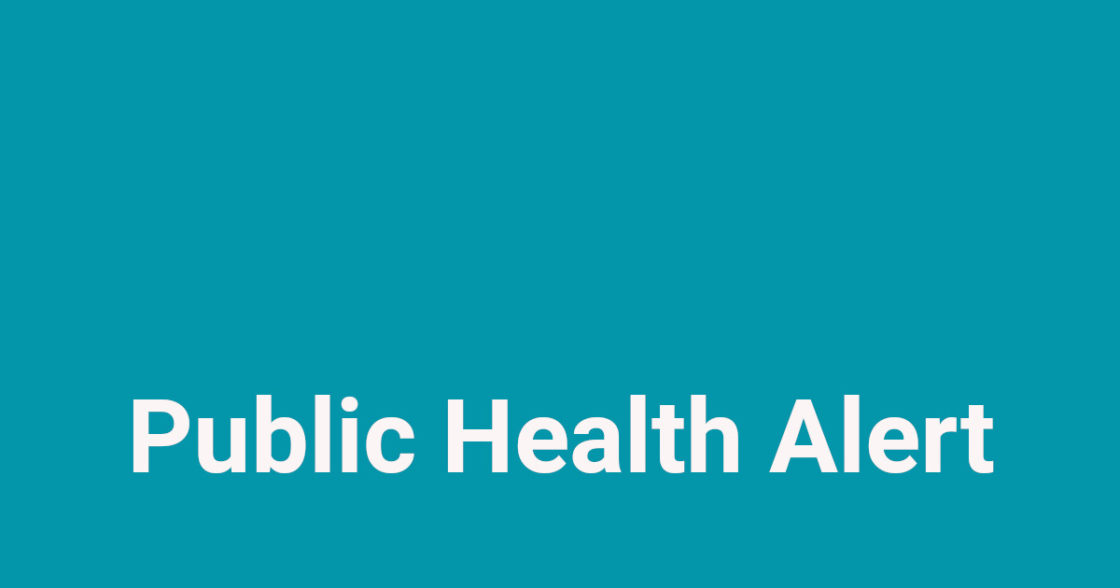Te Whatu Ora has issued a health warning after potentially toxic blue-green algae (planktonic cyanobacteria) was found in Te Roto o Wairewa – Lake Forsyth. People should avoid the lake and animals, particularly dogs, should not be allowed near the water until the health warning has been lifted.
The type of cyanobacteria that is currently present in high concentrations is Planktonic cyanobacteria in bright green paint-like blooms.
Dr Ramon Pink, Medical Officer of Health for National Public Health Service, says the algal bloom can produce toxins harmful to humans and animals. “People should avoid contact with the water until further notice.”
“Exposure may cause skin rashes, nausea, stomach cramps, tingling, and numbness around the mouth and fingertips. If you experience any of these symptoms visit your doctor immediately and please let your doctor know if you have had contact with the lake water”, says Dr Ramon Pink.
No one should drink the water from the lake at any time. Boiling the water does not remove the toxin.
Animals that show signs of illness after coming into contact with algal mats or scums should be taken to a vet immediately.
Fish and shellfish can concentrate toxins and their consumption should be avoided. If fish are eaten, remove the gut and liver and wash them in clean water.
Further information on gathering Mahinga Kai can be obtained below.
“When a bloom of potentially toxic cyanobacteria is present in a lake, there is a possibility of cyanobacteria and toxins being transported downstream.
“People are advised to avoid contact with the downstream water bodies,” says Dr Ramon Pink.
Environment Canterbury monitors the lake weekly during summer and the public will be advised of any changes in water quality that are of public health significance.
Facts about cyanobacteria:
- Appears as dark brown/black mats attached to rocks along the riverbed.
- A low cover of the algae can occur naturally but can increase rapidly during warmer months. Algal blooms are influenced by a combination of available nutrients in the water and sediments (such as nitrogen and phosphorus), a sustained period of low and stable flows, and favourable weather conditions (e.g. increased temperature, calm days).
- It often has a strong musty smell and algal toxin concentrations can vary over short periods.
- Although high river levels will remove the algal bloom, detached mats can accumulate along the shore and increase the risk of exposure to toxins.
- If a health warning is in place avoid contact with the water.
- Although district or city councils may place warning signs, these may not be seen at the numerous river access points, hence the need for people/ dog-walkers to treat every low-flowing river cautiously.
For further details visit: https://www.lawa.org.nz/explore-data/canterbury-region/
Or contact the Canterbury Public Health team on (03) 364 1777:
https://www.cph.co.nz/your-health/recreational-water/
For more information about Mahinga Kai:
https://www.cph.co.nz/wp-content/uploads/saf0112.pdf
For further information, contact:
communications@cdhb.health.nz
ENDS

